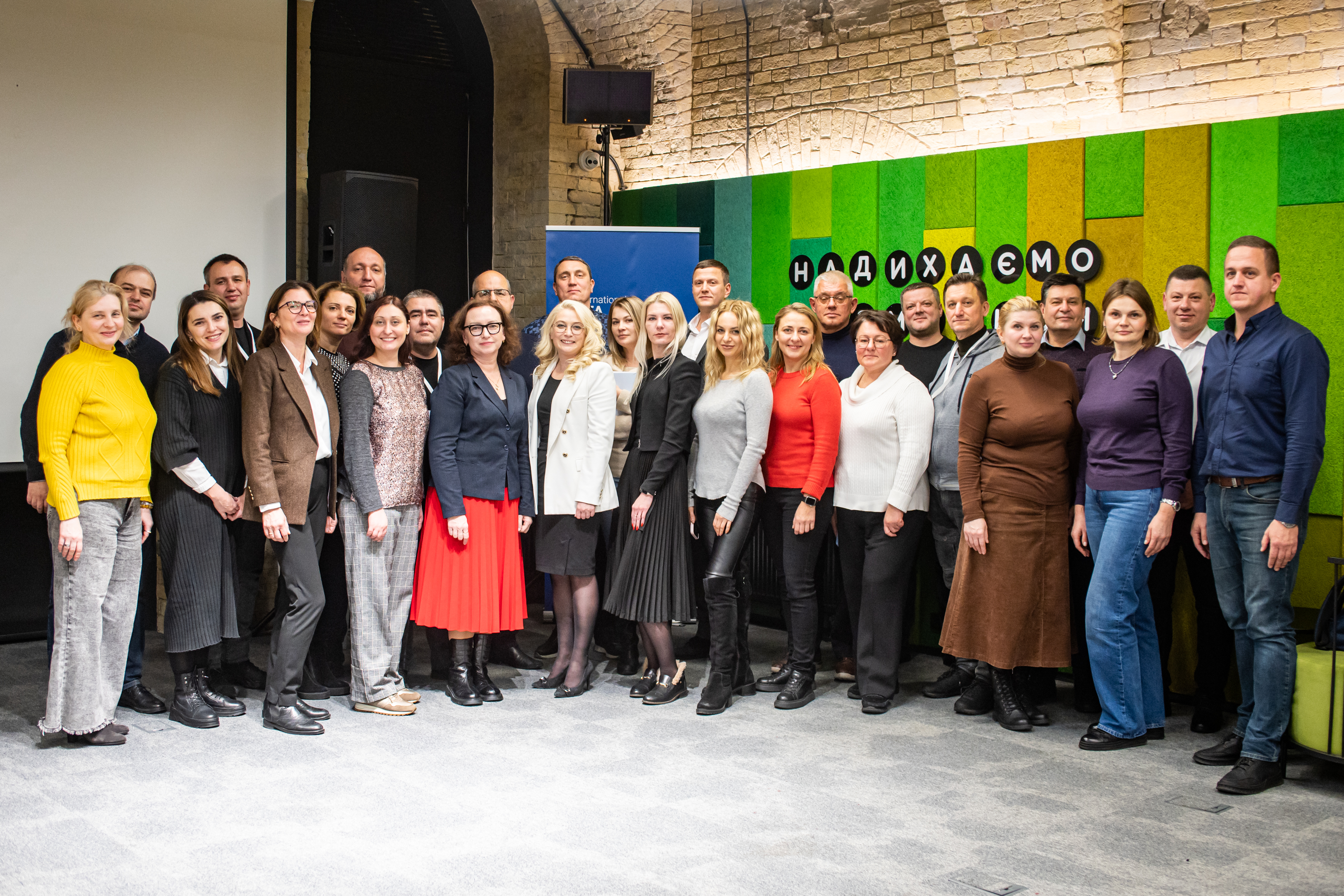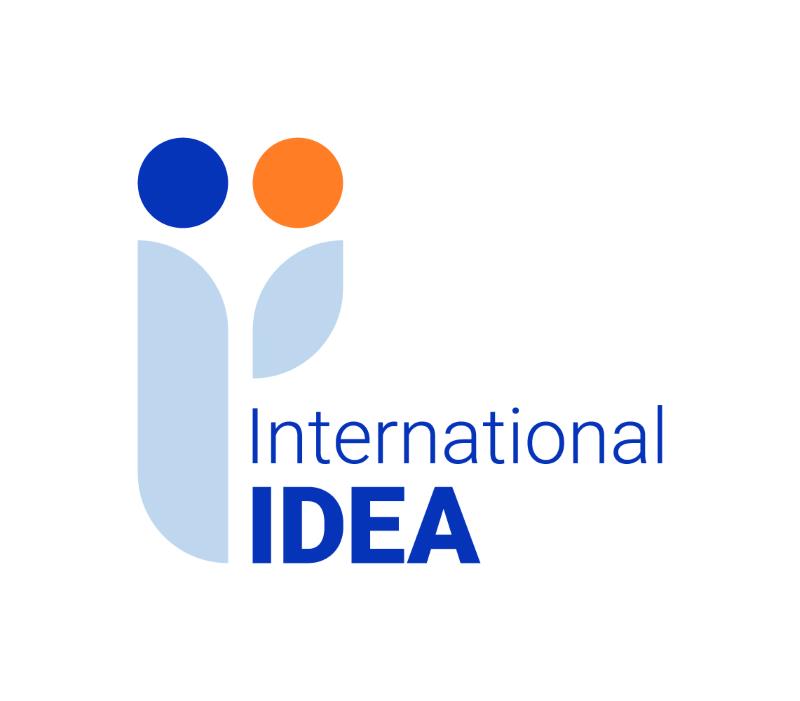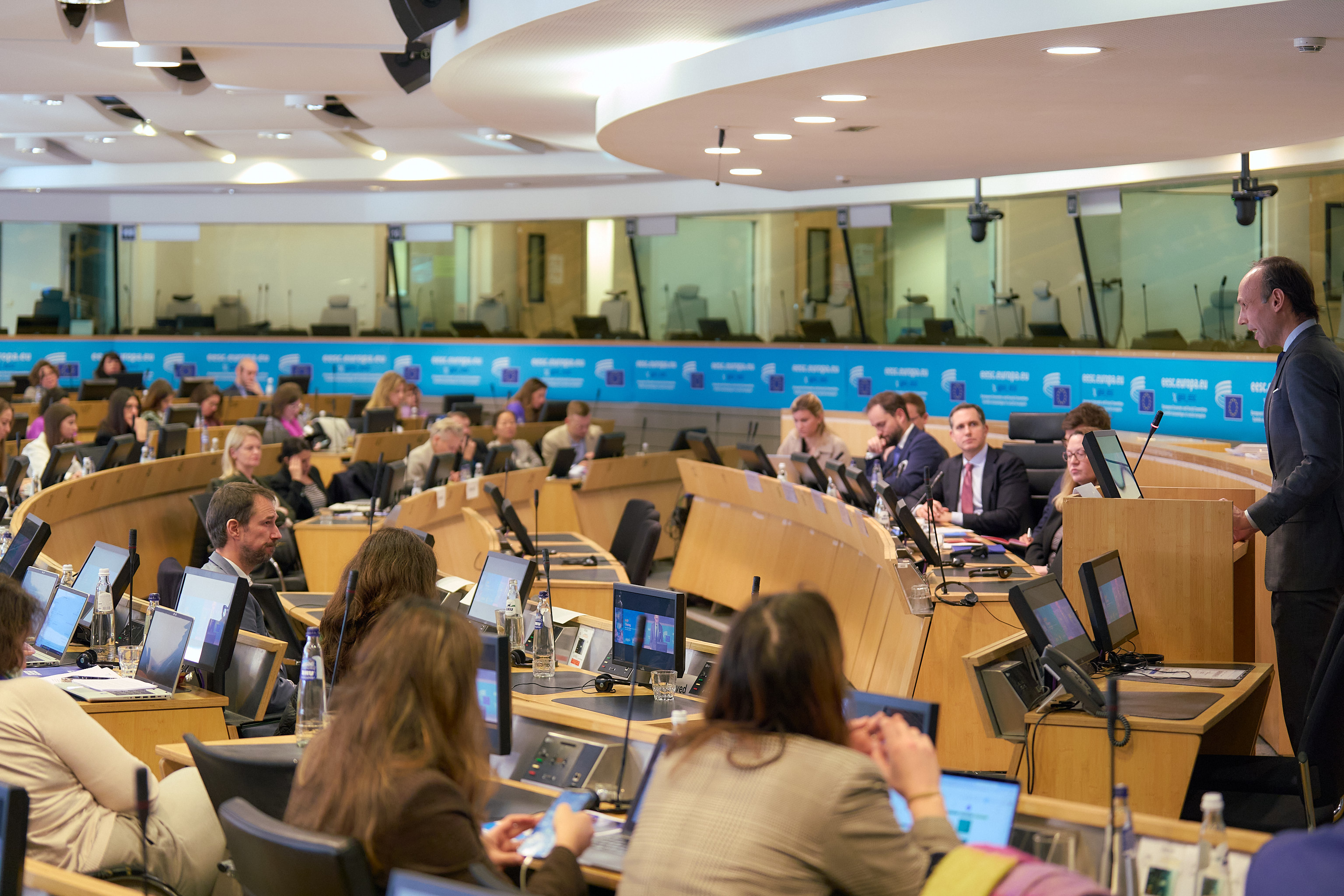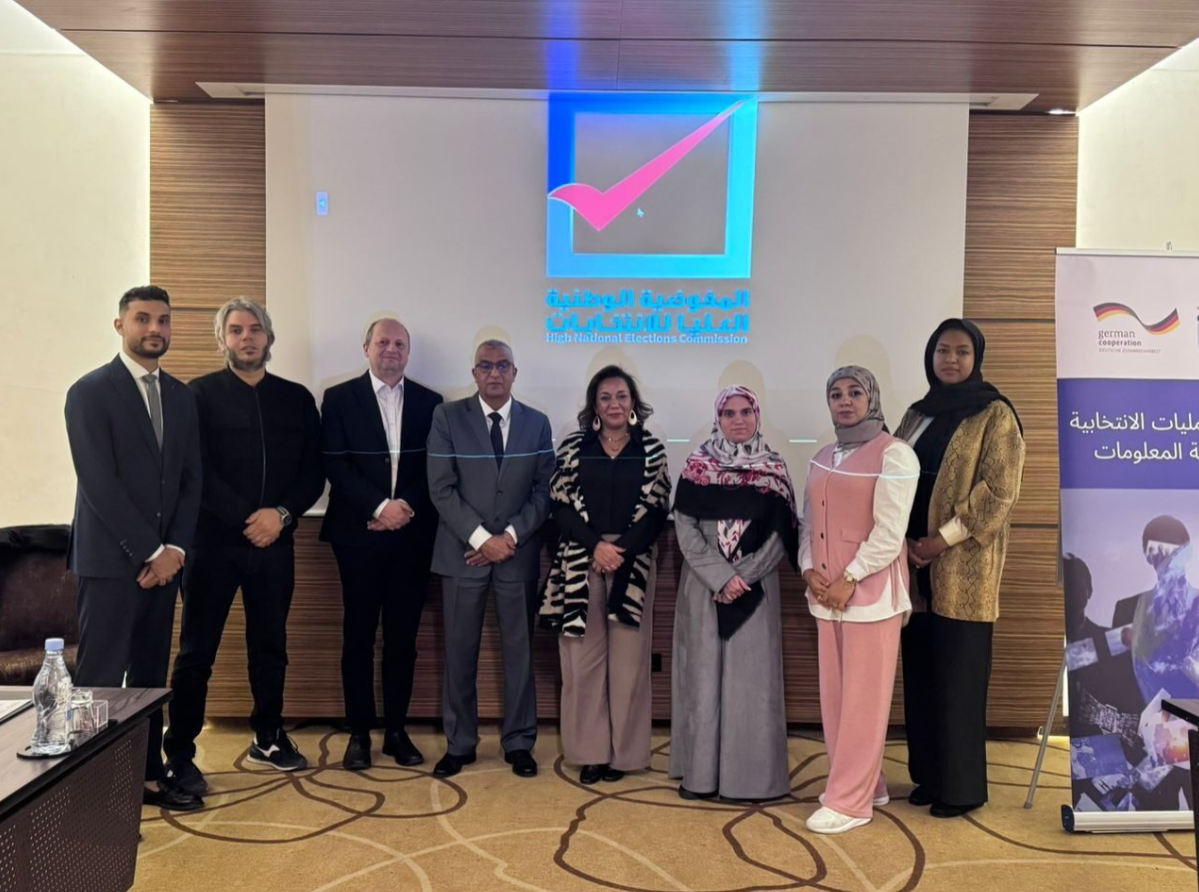Sustaining Peace: Constitution Design Experts Work toward Strengthening Policy Guidance
Research on Constitutional Transitions and Territorial Cleavages is available but questions from constitution building specialists in the field still linger, revealing that there is more to discuss and more to learn.
Dealing with Territorial Cleavages and Constitutional Transitions, a two-day conference hosted by International IDEA, European External Action Service, and the European Union Committee of the Regions in Brussels, Belgium, brought together more than 50 authors, editors, and practitioners to hone in on which angles need further and deeper review and to present the most recent findings. This conference is part of a larger project that will lead to the production of knowledge resources and guides in 2016. The project partners are the Forum of Federations, Center for Constitutional Transitions and Manuel Gimenez Abad Foundation.
Though they shared lessons learned in both regional and country contexts, the considerations for what works and what doesn’t were at times universal, but more often culture and history played a huge part in constitutional design.
What is the role of sub-state administrative capacity? What does the data in the country case studies tell us about the drivers of group demands? What is the influence of international organizations? These questions and others call into focus the need to expand research and along what lines to do so. The conference amplifies the visibility of these issues and the researchers and organizations in attendance, including International IDEA, are working together to compile comprehensive guidelines.
In his keynote address, Lord Jack McConnell of the House of Lords in the United Kingdom said the issues of territorial cleavages and constitutional transitions have never been more important.
“Peace and development go hand in hand,” he said. He adds that in conflicts that fall along the lines of a majority and minority, self-representation of minorities needs to be part of long-term solutions as well as patience and political will.
“People are looking for a greater degree of control and empowerment at a local level.”
International IDEA Secretary-General Yves Leterme highlighted the need for representation in his welcome remarks.
“This conference on Dealing with Territorial Cleavages and Constitutional Transitions, and the broader research project to which it belongs, come at a critical time. Over the past few decades the number of internal conflicts has far exceeded the number of interstate conflicts, and at the center of many of these conflicts are claims for autonomy from certain sections of the population – and resistance to such claims from the center,” he said.
“Constitutions provide mechanisms by which different communities have autonomy over their own economic, political and cultural affairs, while at the same time providing opportunities for all communities to share in national responsibilities through representation and decision making at the center.”
McConnell offered a three-stage process in settlements in territorial cleavages: agreement, implementation, and delivery of new form of governance. Talking about sustainable settlements, he said “support for leadership and policy is as important as support for process and getting the technicalities right”.
Chaired by peers, the event’s three regionally focused panels delved into lessons learned on territorial cleavages and constitutional transitions across select countries in Africa and the Middle East and North Africa, Asia, and Europe. Each case being unique, attendees listened for lessons learned.
Yashpal Ghai, former professor at University of Hong Kong, provided a personal account growing up under segregation in Kenya and offered his perspective on the future.
“The challenge to African states is nation building,” he said. “Politicians have tried to divide us between ethnic lines and we have fallen into the trap (…). I am distressed by the attention given by international community to ethnicity in national politics.”
Part self-reflection and part advice, Ghai discussed the need to review roles in foreign intervention and distinguish between types of interventions. He further highlighted that a constitution design project can be less than successful due to limits in time and a limited historical scope.
There are lessons to be learned and George Anderson, former Constitutional Transitions Fellow, pinpoints one bad practice in constitutional design. “A bad practice is a so-called constitution expert with their country’s constitution in their back pocket and thinking it can be applied,” said. “The more comparative knowledge, the more they can be helpful to the people they are working with.”
While there may not be any normative standards for this type of work, as Anderson said, there is progress.
“We are not applying old models. There has been a shift in the past 100 years.”
Read the opening remarks of International IDEA Secretary-General Yves Leterme
Read the opening remarks of His Excellency Ambassador Roberto Balzaretti, Local Chair of the International IDEA Council of Member States
Read the working paper Constitutional Transitions and Territorial Cleavages



